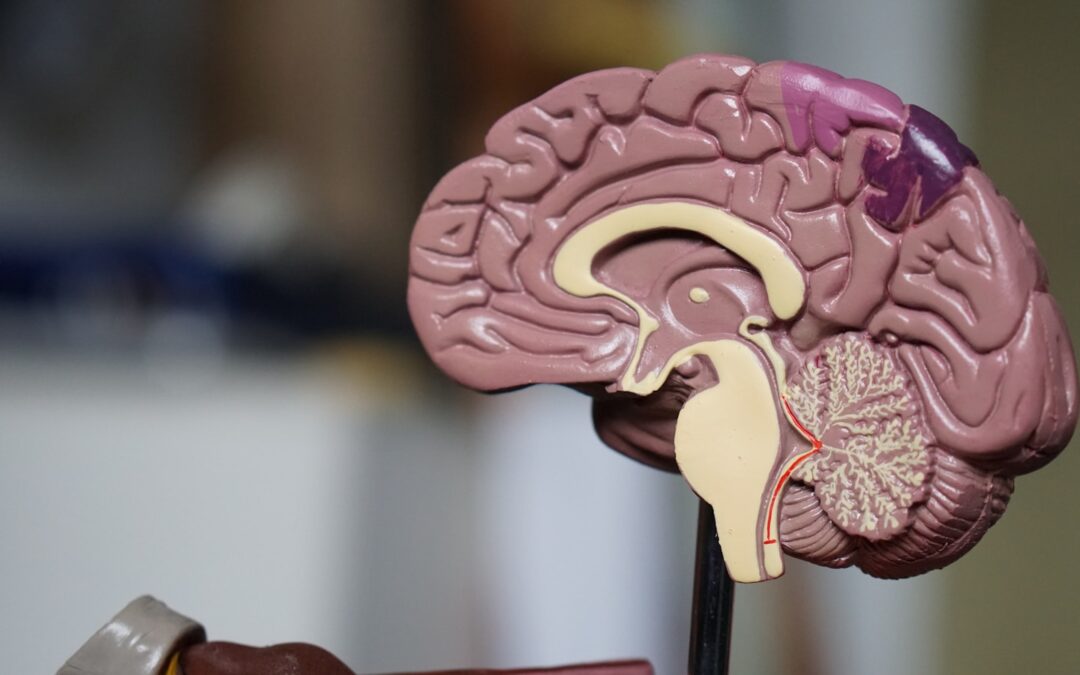Exploring the Practicality of Friederike Fabritius’ Brain-Based Leadership Strategies
Friederike Fabritius: A Trailblazer in Neuroleadership
Friederike Fabritius has made a remarkable impact in the world of leadership by integrating neuroscience into business practices. As a neuroscientist and Wall Street Journal bestselling author, Fabritius has helped shape modern leadership strategies with her brain-based approach, which emphasizes the importance of understanding the brain to enhance leadership effectiveness and employee satisfaction. Her programs have been embraced by executives at Fortune 500 companies such as Google, EY, and BMW, where she has influenced how leaders think, innovate, and engage with their teams. Fabritius’ work is grounded in the belief that by leveraging the natural functions of the brain, leaders can foster a more productive and fulfilling workplace environment.
Fabritius’ contributions extend beyond corporate boardrooms, as she is also a respected keynote speaker and thought leader who consistently engages global audiences. Her insights have been featured in high-profile publications such as The Wall Street Journal, Harvard Business Review, and Forbes. Known for her dynamic speaking style and practical advice, Fabritius simplifies complex neuroscientific concepts, making them accessible and actionable for leaders at all levels. Her ability to connect scientific findings with everyday leadership challenges has made her a prominent figure in the field of neuroleadership, and she continues to inspire many to rethink their approach to management through the lens of neuroscience.
However, as much as Fabritius has been celebrated for her innovative contributions, there is a growing debate about the real-world applicability of her brain-based leadership strategies. While her ideas are compelling and grounded in scientific research, some critics question whether these principles can be effectively implemented in diverse, hierarchical, or highly regulated industries. The question remains: Is neuroleadership ready to revolutionize the workplace, or does it present an overly idealistic vision that is challenging to realize in practice?
The Promise and Challenges of Brain-Based Leadership Strategies
Friederike Fabritius’ book, The Brain-Friendly Workplace: Why Talented People Quit and How to Get Them to Stay, offers a comprehensive look at how understanding brain science can transform workplace culture. In her book, Fabritius argues that traditional corporate structures often clash with how our brains are wired, leading to disengagement, burnout, and high turnover rates. She advocates for personalized leadership approaches that cater to individual neurosignatures, intrinsic motivation, and flexible working conditions. Her insights provide a fresh perspective on leadership, suggesting that by aligning work environments with brain-friendly principles, companies can enhance performance, creativity, and employee satisfaction.
Despite the enthusiasm surrounding her ideas, some critics argue that the practical application of brain-based leadership strategies in real-world settings often falls short. They point out that many of the principles Fabritius promotes, such as tailoring leadership to individual brain profiles and fostering intrinsic motivation, are difficult to implement across large, hierarchical organizations with established protocols and norms. Furthermore, industries that are heavily regulated or operate in highly competitive markets may find it challenging to adapt such individualized approaches without significant structural changes. This raises the question: Can Fabritius’ brain-based strategies be effectively scaled to meet the demands of diverse work environments, or do they set expectations that are too high for most companies to meet?
Additionally, while Fabritius provides compelling evidence on how neuroscience can inform leadership, there is a concern that these concepts might be overly simplified when translated into business practices. Critics caution that the jump from scientific theory to practical application is not always straightforward, and that the nuances of individual and organizational behavior can complicate the effectiveness of these strategies. This gap between ideal and practical applications suggests that while brain-based leadership strategies have potential, their implementation may require more nuanced, context-specific adaptations than currently outlined in Fabritius’ work.
Balancing Idealism with Realism: The Future of Neuroleadership
The appeal of brain-based leadership strategies lies in their promise to create more humane and effective work environments. Friederike Fabritius’ emphasis on understanding the brain’s natural functions offers a novel approach to tackling common workplace challenges such as employee engagement, innovation, and retention. Her vision aligns with broader trends towards personalization and employee-centric leadership, making her work highly relevant in today’s rapidly evolving business landscape. However, the challenge remains in bridging the gap between the aspirational ideals of neuroleadership and the practical realities faced by organizations across various industries.
One of the key criticisms of Fabritius’ approach is that it may be too idealistic, assuming a level of flexibility and openness to change that is not always present in corporate environments. While the concepts of intrinsic motivation and personalized leadership are appealing, they often clash with the realities of tight deadlines, budget constraints, and the need for standardized processes in larger organizations. For leaders in traditional or highly regulated industries, adopting these brain-based strategies may seem daunting, if not impractical. As such, there is a need for more concrete, adaptable guidelines on how to integrate these strategies within the constraints of different organizational contexts.
To further explore these nuances, it would be insightful to invite Friederike Fabritius to engage in a discussion about her book and to address these critiques. By delving deeper into the practical challenges of implementing her strategies in diverse settings, Fabritius can offer valuable guidance on how to tailor her brain-based approaches to suit various organizational needs. This dialogue would not only help clarify the potential of neuroleadership but also provide a more realistic roadmap for companies looking to embrace these innovative concepts without sacrificing practicality.
Conclusion: Neuroleadership’s Path Forward
Friederike Fabritius has undoubtedly sparked a significant shift in how we think about leadership and workplace dynamics. Her brain-based leadership strategies have the potential to redefine what effective leadership looks like by aligning it more closely with the natural workings of the human brain. However, as with any groundbreaking approach, the transition from theory to practice is fraught with challenges. The critiques of her work highlight the need for a more adaptable and pragmatic application of neuroscience in leadership, one that accounts for the complexities and constraints of real-world business environments.
Ultimately, the success of neuroleadership will depend on its ability to evolve and adapt to the diverse needs of organizations. By continuing to engage with these critiques and refine her approach, Friederike Fabritius can help pave the way for a new era of leadership that is not only brain-friendly but also practical and accessible for all. As the conversation around the future of work continues, Fabritius’ insights will remain a valuable resource for leaders seeking to create workplaces that are both high-performing and truly supportive of their people.
—
#BrainBasedLeadership #Neuroleadership #FriederikeFabritius #WorkplaceCulture #LeadershipEffectiveness #EmployeeSatisfaction #LeadershipStrategies










